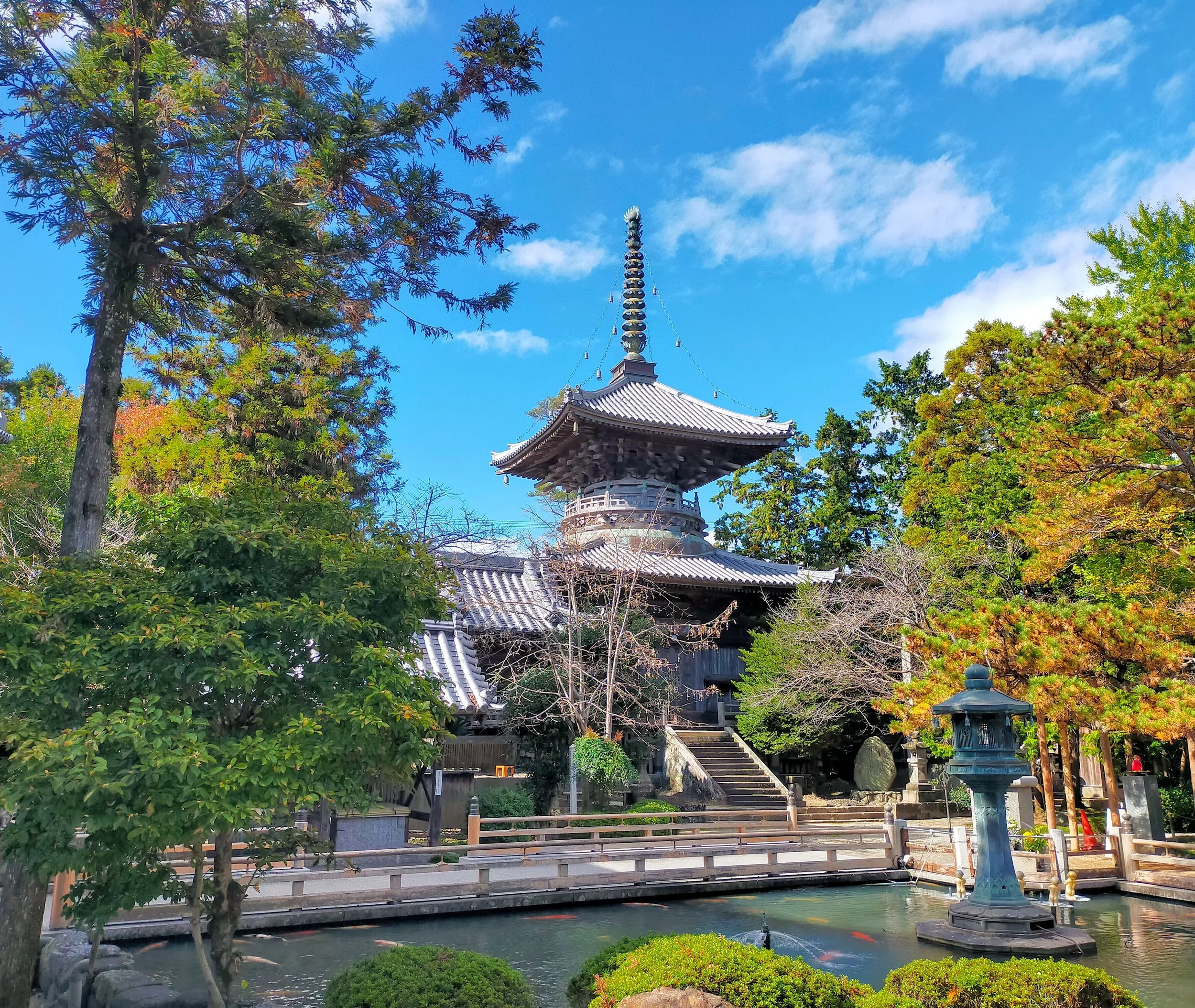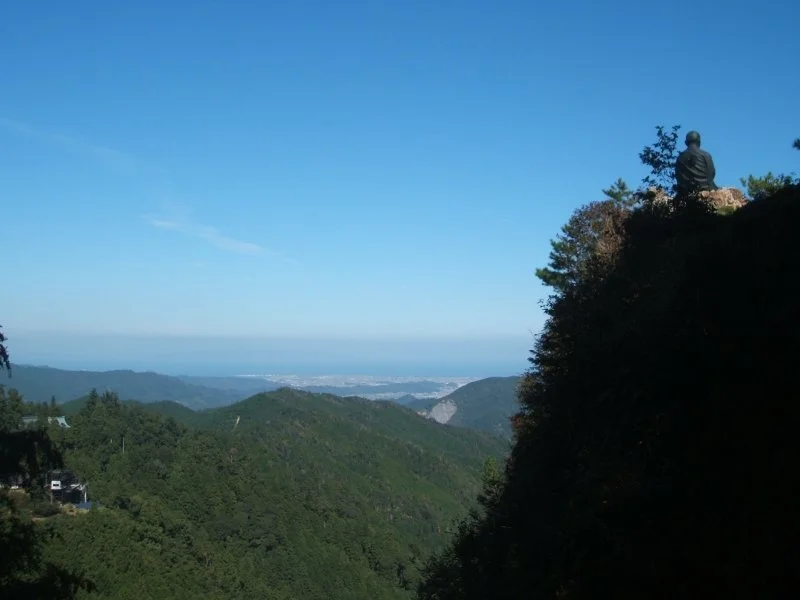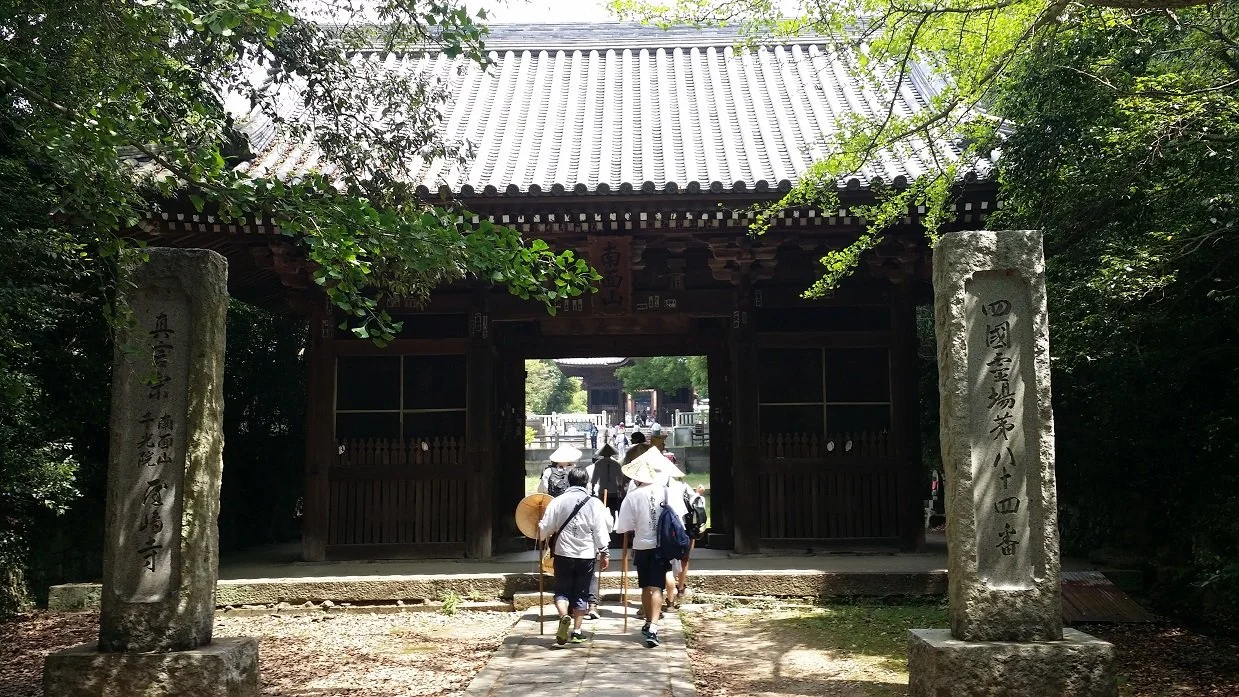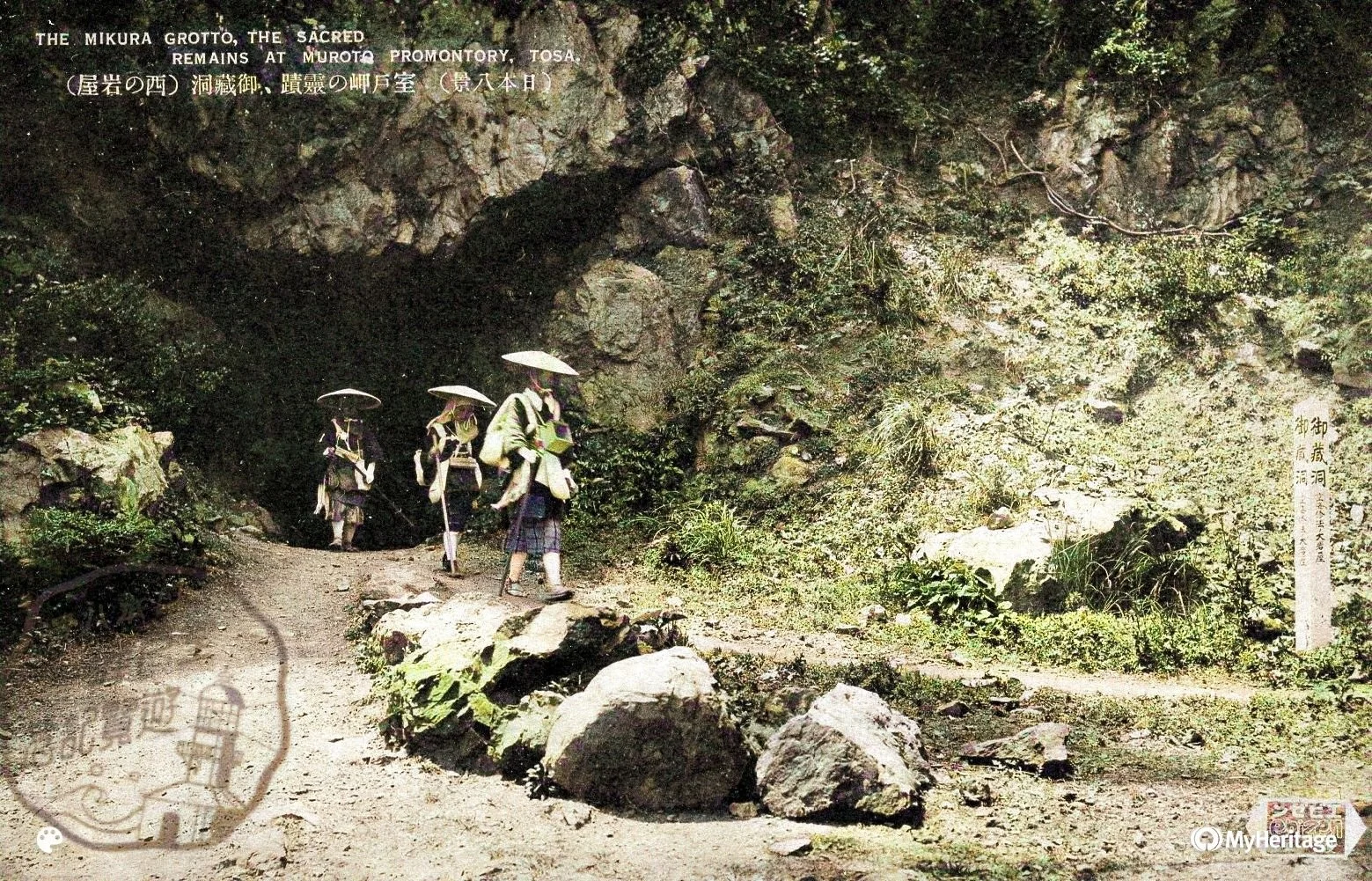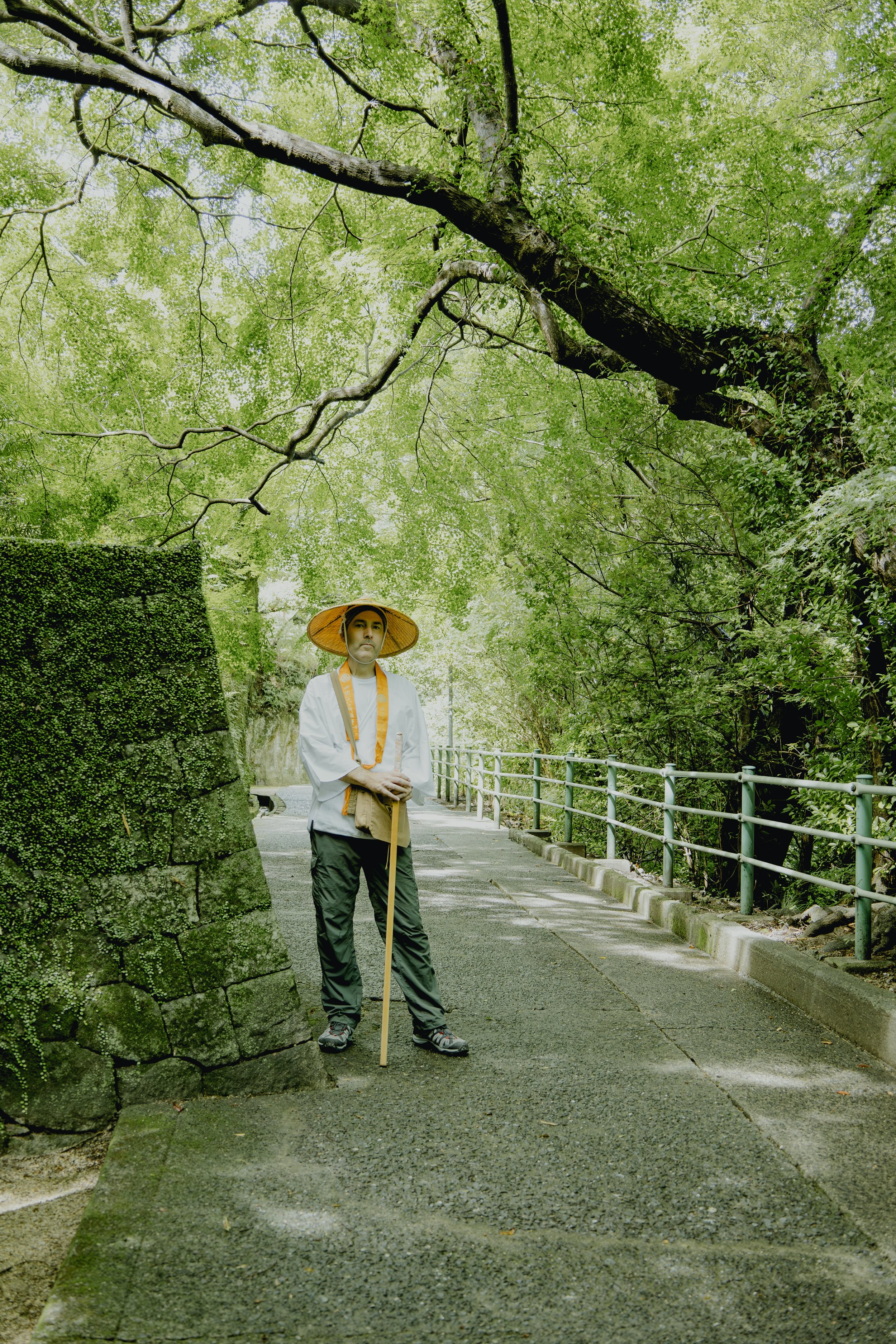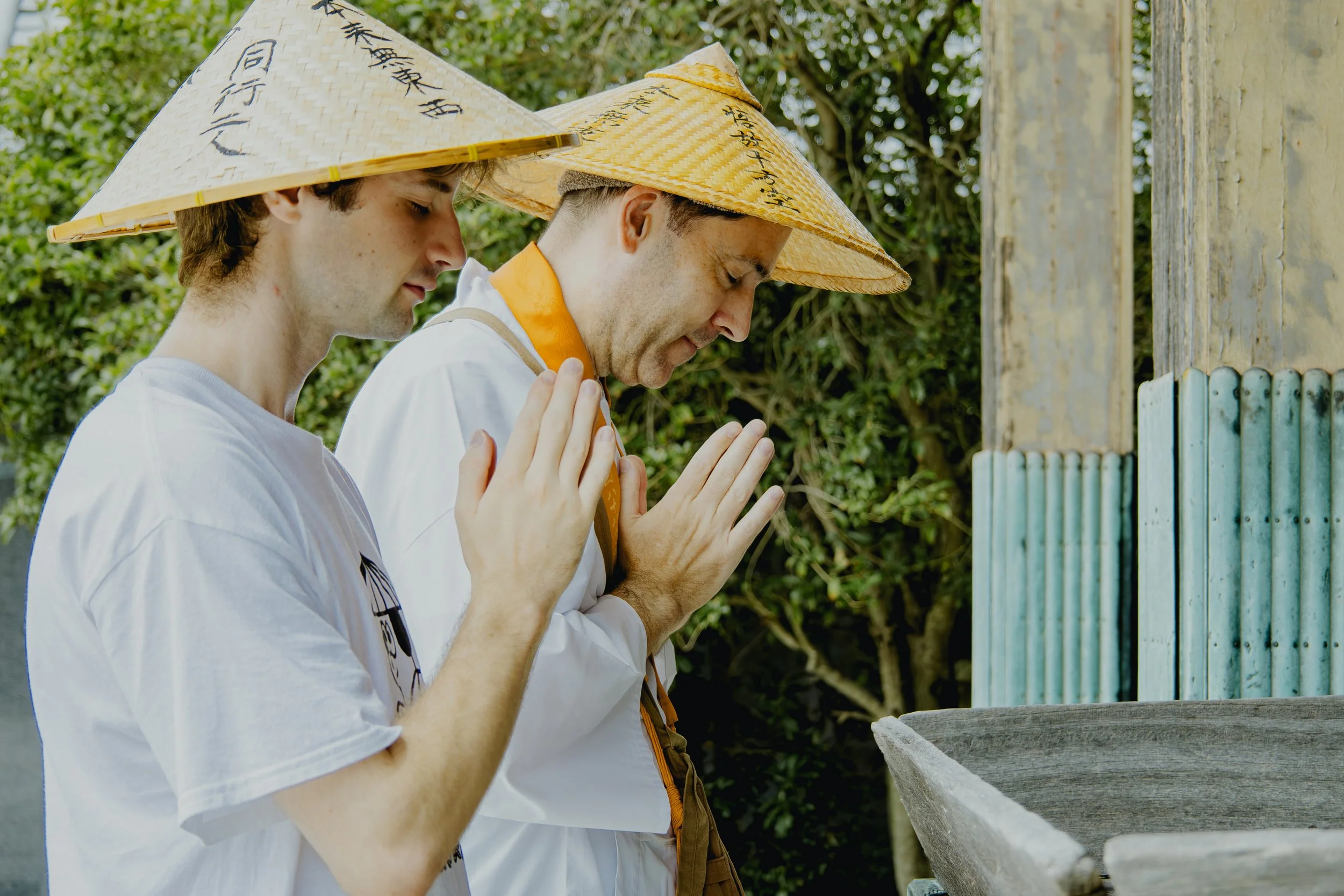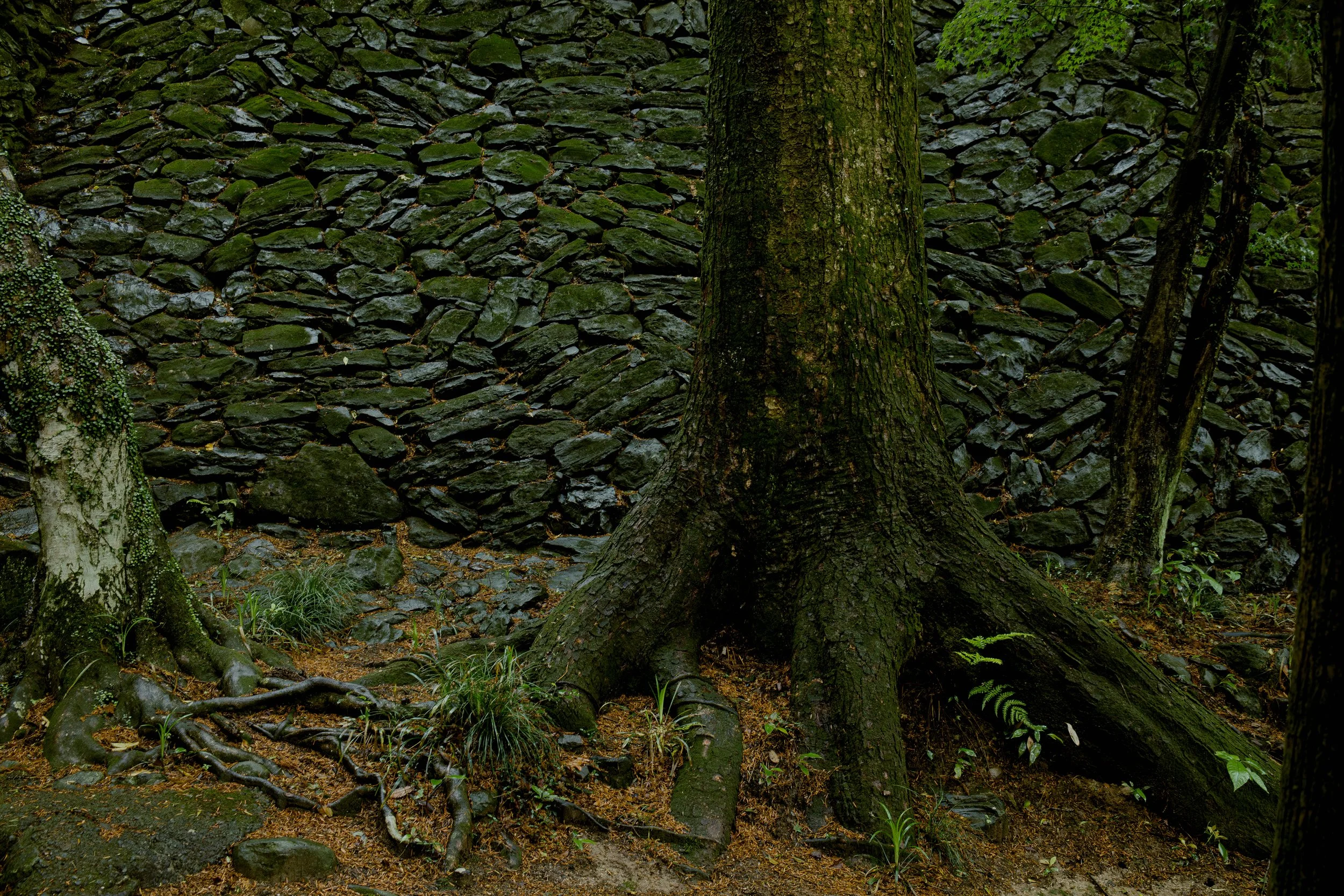
The Shikoku Pilgrimage
Some sacred sites along the route Temple 1, Ryōzenji
Over the centuries many people have begun their journey around Shikoku at this temple. In the past, pilgrims from Osaka would come by boat and arrive at Muya port - 13 kilometers east of Ryōzenji - and travel along the “Muya Kaido” (road) to here.
Look for the building beside the main gate that groups from Wakayama have used to hand out mikans (mandarin oranges) to pilgrims in the spring for hundreds of years.
Temple 21, Tairyūji
Located atop a mountain where the renowned Buddhist priest Kūkai (also known as Kōbō Daishi, 774-835) is said to have once trained, the temple has long drawn the devotion of countless pilgrims.
Visitors can walk a forest trail or take a cable car - the longest in Western Japan - to visit the massive temple grounds with numerous historical buildings. On a clear day, view the surrounding forests, rivers and mountain, as the leaves rustle with the gentle blowing breeze.
Right photo: Cable car station on the left, statue of Kōbō Daishi on the right.
Temple 11 Fujiidera - the start of the 12km mountainous hike
to Temple 12, Shosanji
The route between these two temples is quite arduous with parts that are known as “henro goroshi”— a section so steep that even seasoned pilgrims will stumble. The trail goes through the forests and has a very interesting sites along the way, which are good places to take a rest.
(Left colorized photo: Shosanji from approx. 100 years ago.
During my studies at Ritsumeikan University in Kyoto in the early 1990s, I developed a keen interest in Japanese legends and was surprised to discover countless stories about the renowned Buddhist priest Kūkai (774-835), who established Shingon Buddhism in Japan. Several years later, when I entered graduate school at the University of British Columbia, I initially thought that I would investigate the life of Kūkai and why he is so well-known around Japan, but I changed the focus of my research toward the 1,200-kilomter pilgrimage around the island of Shikoku, which he is believed to have completed at the age of forty-two. In 2001, I relocated to Tokushima to work and live, and since then, have participated in a wide variety of activities related to the Shikoku Pilgrimage. With over twenty-five years of experience as a teacher, researcher, and guide in this field, I am confident that I can offer unique and interesting information to anyone interested in experiencing part or all of this pilgrimage route.
For further information about me and my research, please look at this 3min video made by the Tokushima prefectural government in 2016.
David Moreton
Inbound Division, Anabuki Travel
Contact us for a free consultation
It is feasible to undertake a solo journey along the Shikoku pilgrimage route and visit the sacred sites independently. However, the inclusion of a knowledgeable English-speaking guide who possesses a comprehensive understanding of the pilgrimage and Shikoku will undoubtedly elevate the experience to a significantly higher level. At Anabuki Travel, we specialize in the creation of bespoke pilgrimage tours that traverse this remarkable ancient route. Our services are tailored to the specific requirements and availability of each client, ensuring a personalized and fulfilling experience. We invite you to contact us for further information and to discuss how we can assist you in planning your journey.



